Greetings and
Welcome to our Society website!
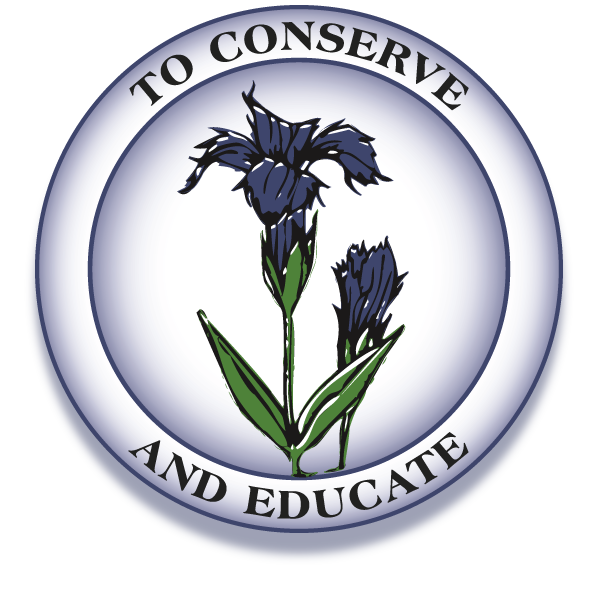 |
To promote the study, appreciation, and conservation of Ohio's native plants and plant communities. |
 |
To promote the study, appreciation, and conservation of Ohio's native plants and plant communities. |
Everyone and all skill levels are welcome!
Join in for a fun-filled day documenting the incredible
variety of plants, animals, and other living things that
call this unique place home.
Please come with your preferred exploration tools, binoculars, waders, cameras, etc.
Terrain includes wetlands with shallow to chest-deep water, small streams, reforested uplands, and does not include maintained trails.
Important!! Due to parking limitations, meet at The Wilderness Center Interpretive Building (9877 Alabama Ave. SW, Wilmot, OH 44689) and carpool 3.5 miles to the site.
If you have any questions:
Contact Daniel Volk, Director of Conservation & Land Management at The Wilderness Center, at 330-359-5235 ext. 221 or his email.





























Society Notes Post:
Celebrating Earth Day 2025 in April
NPSNEO was invited to participate in two Earth Festivals.Northeast Ohio Pollinator Society: Webinar Series Thank you to society member and Northeast Ohio Pollinator Society (NEOPS) Vice President Rees Davis for sharing information on NEOPS' 2025 winter webinar series. Although the free webinar series ended on March 5th, recordings focused on pollinator related topics are available for the 2020 - 2024 winter webinar series. A link to these past recordings and the 2025 schedule information can be found in the News of Interest section below.
Upcoming 2025 Monthly Programs at a Glance
News of Interest
Presenter: Dave Tomashefski
Start time: 7:00 pm
Registration is required
Planting a soft landings garden beneath a tree is one of the best ways to support biodiversity in your yard. Join Dave Tomashefski of Meadow City Native Plant Nursery to learn how soft landings gardens support butterflies and moths in completing their lifecycles (and so much more!) This workshop is a great opportunity to maximize the benefits of tree cover in your growing space.
As Meadow City's education specialist, Dave Tomashefski is responsible for the nursery’s educational programs and materials. ... Prior to co-founding Meadow City in Cleveland, Dave worked at the Soil, Water and Environmental Lab at Ohio State, where he also earned his master's degree.
Presenter: Denise Ellsworth
Start time: 7:00 pm
Registration is required
Many gardeners know a honeybee when they see one, but how about some of the other 400+ species of bees that call Ohio home? This program will focus on some of the most common bees, including their fascinating biology and life histories. We’ll also discuss plant choices and landscape practices to support our native pollinators. ... And how important are these native bees to pollination and biodiversity?
Denise directs pollinator education programming through the Ohio State University Department of Entomology a position she has held since 2012. In her Extension and outreach work, Denise supports and teaches beekeepers, farmers, gardeners, and others across the state through a variety of workshops, webinars, written materials, and electronic resources. Before coming to Entomology, Denise served for 18 years as agriculture and natural resources county extension educator in the Akron/Canton area with a focus on horticulture, integrated pest management and environmental education. ...
Presenter: John Blakeman
Start time: 7:00 pm
Registration is required
John Blakeman, experienced Ohio prairie biologist, will explain, with both graphics and explanations, how authentic Ohio tallgrass prairies can be planned, prepared for, planted, and managed so as to provide beautiful natural habitats that support pollinating insects, capture and retain nutrients in runoff flows to minimize harmful algal blooms, and enhance soil health. John has been planting and managing Ohio prairie planting since 1973 and designs native plant landscapes that feature prairie meadows and islands of prairie that support pollinating insects.
John Blakeman is a retired biology instructor with 30 years of science teaching experience at Perkins Schools near Sandusky and is an experienced Ohio prairie researcher. ... He helped form the Ohio Prairie Association and served as its president. He has presented papers at both state and national prairie conferences and is regarded as an expert in the history of Ohio’s tallgrass prairies. ...
Presenter: Michael Keeler
Start time: 7:00 pm
Registration is required
Learn about matrix gardens and how to create your own! Matrix gardens are modeled on natural plant communities and relationships and provide a framework that simplifies plant selection, layout, and installation.
Michael Keeler is the founder and principal of Ohio Native Concepts. Michael brings a background in natural resources management and a passion for nature and community to his work creating impactful landscapes for residential and institutional clients across Central Ohio. His design approach focuses on creating spaces that connect humans to nature and improve ecological function and biodiversity. ...
Presenter: Brian Hackett
Start time: 7:00 pm
Registration is required
This presentation outlines some of the fundamental ways of bringing more nature into your yard, with a primary focus on gardening and landscaping with native plants. ... [Brian] will also talk about why it is important and beneficial for you as a landowner to build habitat on your land.
Brian Hackett is the Wildlife Specialist at Knox Soil & Water Conservation District. ... [P]rior to working in Knox County [he] was a District Technician at Madison Soil & Water Conservation District. In 2013 [Brian] graduated from The Ohio State University with a Bachelor of Science degree in Natural Resource Management and Animal Science. ...
StoryMap link: StoryMap
Spring 2023 Wildflower Walk and Program Summaries
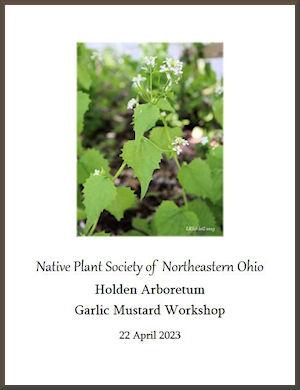
✿✿✿ tantus amor florum
✿✿✿
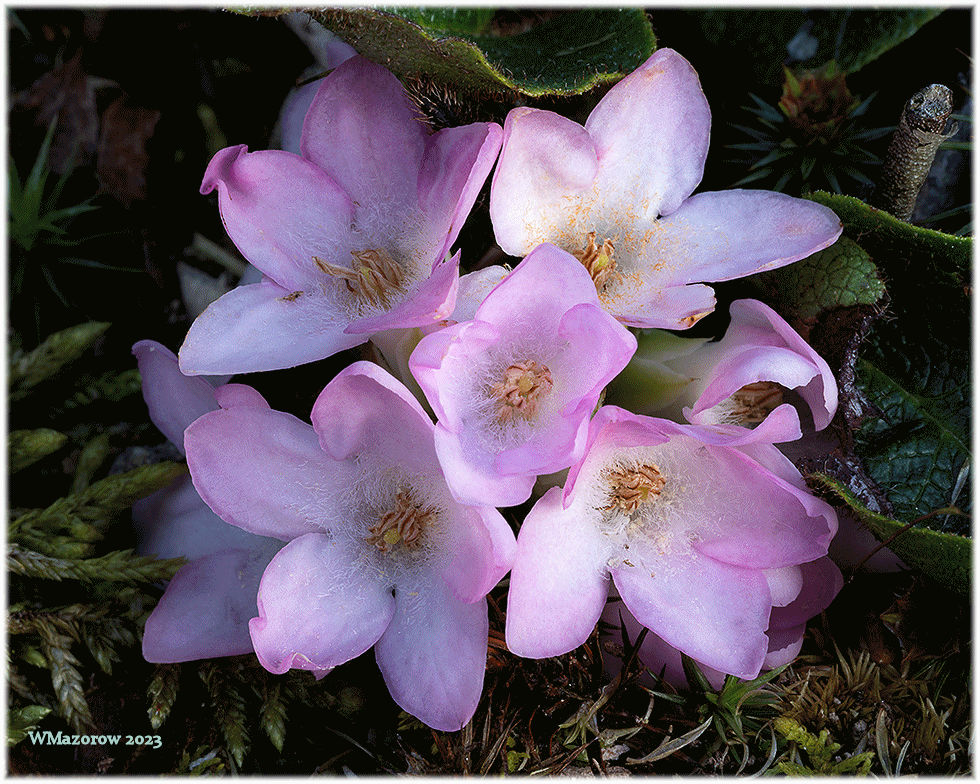
Wayne Mazorow captured the beautiful details and color of trailing arbutus flowers. Thank you! Wayne for sharing your photograph.
✿✿✿ tantus amor florum
✿✿✿
Spring 2021 Wildflower Walk Summaries and Field Notes
✿✿✿ tantus amor florum
✿✿✿
✿✿✿ tantus amor florum
✿✿✿
✿✿✿ tantus amor florum
✿✿✿
On a pre-walk scouting of the Squirrel Trail, rue anemones, early meadow rues, bloodroots, blue cohoshes,
trout lilies, spring beauties, cut-leaved toothworts, a few ferns and sedges scattered about, and blooming colt's
foot were observed. This photograph of a cut-leaved toothwort, Cardamine concatenata,
in bud was taken during an earlier pre-walk scouting by Lisa K. Schlag.
On the wildflower walk, nice stands of spring beauties were still present as well as pussytoes. Trilliums
were observed during another pre-walk scouting and one was spotted along a slope by a walk attendee. A tiny buttercup close to the shelter
was identified by Anna using the iNaturalist app.
There are a half dozen violet species here, but on this day sweet white violet,
Viola blanda, ruled the day!
This photograph of sweet white violet was taken by Charles Fletcher.
It snowed the other day, but melted out just in time for the walk. Although that resulted in some no-shows,
the flowers weren't among them. Trilliums, bluebells, phlox, squirrel corn, Jacob's ladder, marigolds, the list
goes on! And, that was just at the entrance! The clubmoss yielded four species of clubmoss, a variety of trees, and
still more flowers. Adam's exhaustive knowledge of the preserve and its history added atmosphere to nature.
Wild honeysuckle, Lonicera dioica,
was observed along the Interurban Trail.
This photograph of the flowers, buds, and leaves of the native honeysuckle was taken by Judy Barnhart.
✿✿✿ tantus amor florum
✿✿✿
After a week of rain, the wetlands of the Snow Lake lived up to their name, filling right up to the edge of the depression along the trail’s edge. Acting like sponges they absorbed the numerous heavy rains from the week, preventing flooding as seen in many northeast Ohio developed properties. Known by some as the Cuyahoga wetlands, 1,000 acres of wetland communities, including shrub swamps, sedge meadows, bog forest, bogs, fens and vernal pools, are protected by several conservation agencies including: The Nature Conservancy, Geauga Park District, Cleveland Museum of Natural History, and Ohio State Parks. The adjacent City of Akron’s 18,000 acres of wetland along the Cuyahoga River protect their water supply.... Narrative continues
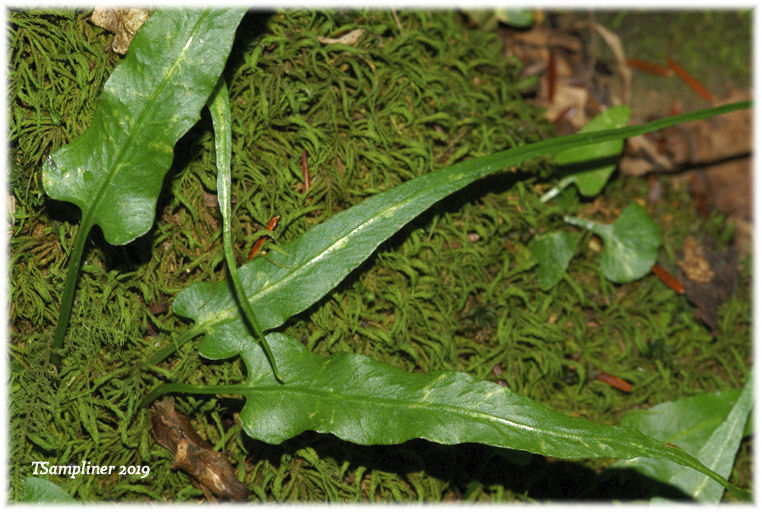
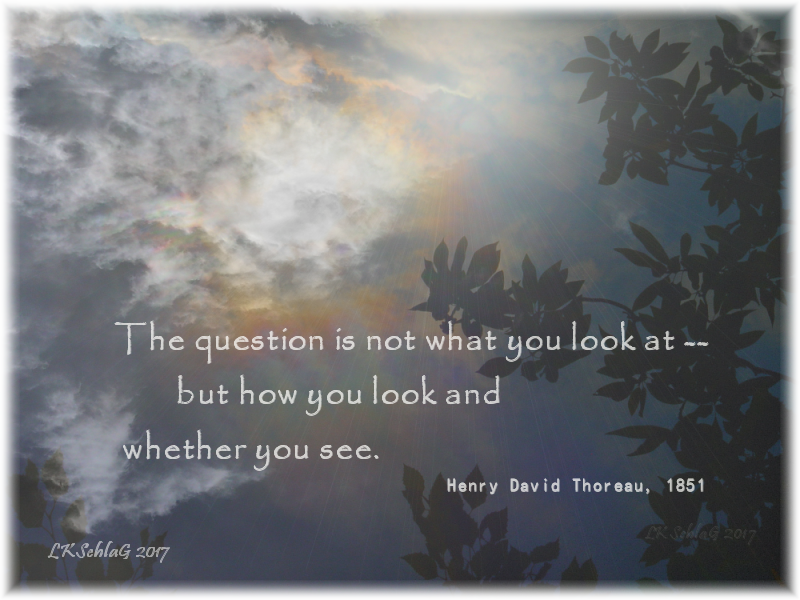
Rooted in Geology
Unlikely Ties between Geology and Wildflowers

✿ ONAPA VOLUNTEER OPPORTUNITIES ✿
help protect Ohio's Natural Legacy
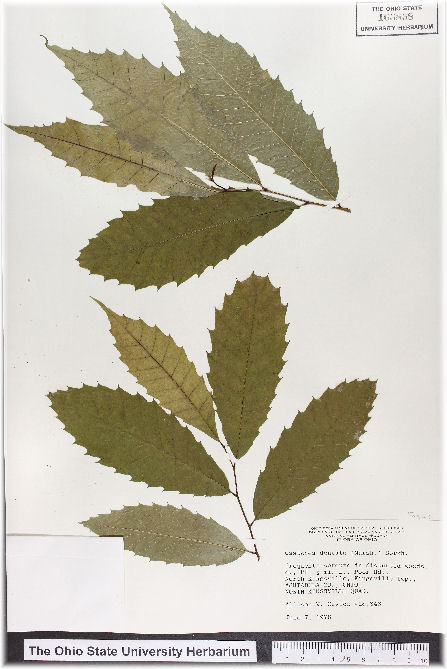
"The demise of the American chestnut (Castanea dentata) has been described as one of the great ecological disasters of current time. Through the first-half of the 20th century, the species was virtually eliminated from the landscape by an Asiatic blight fungus (Cryphonectria parasitica) introduced on Japanese chestnut materials imported to the US in the late 1800s. . . ." Read More